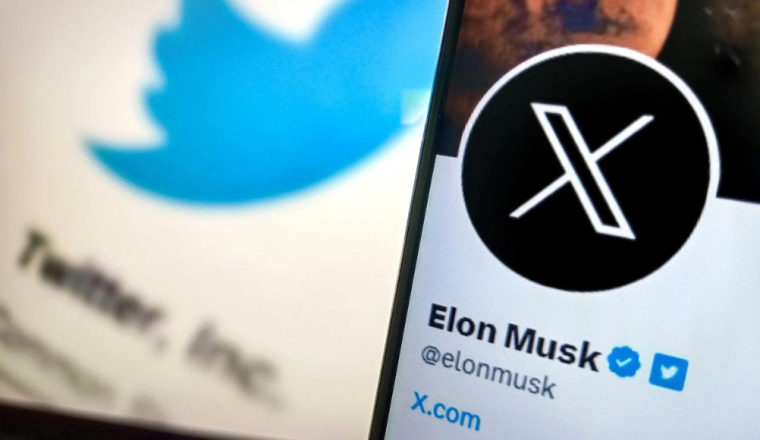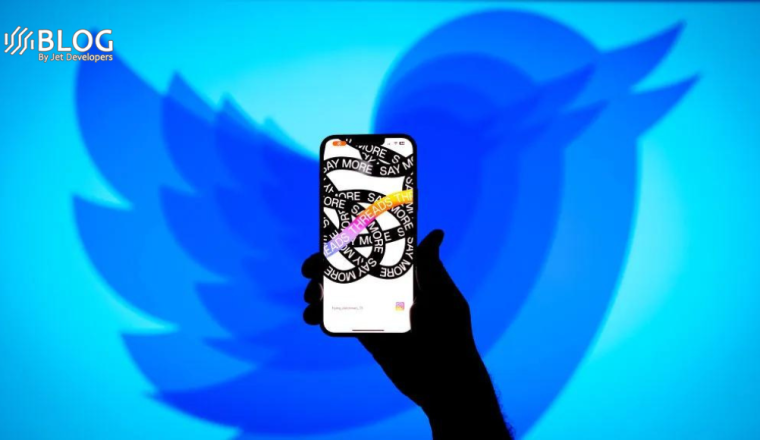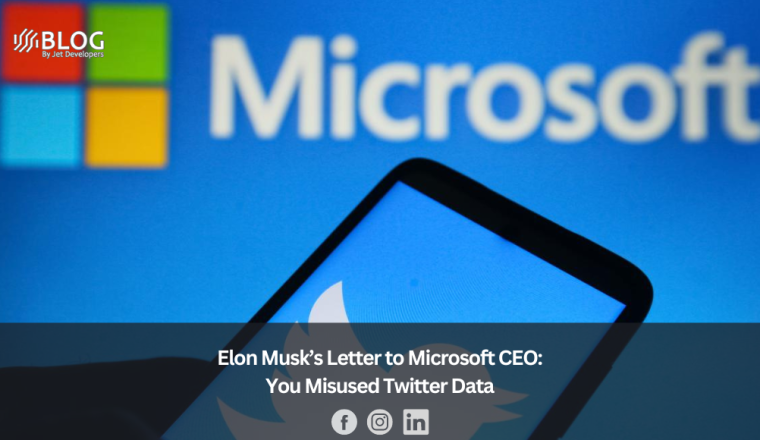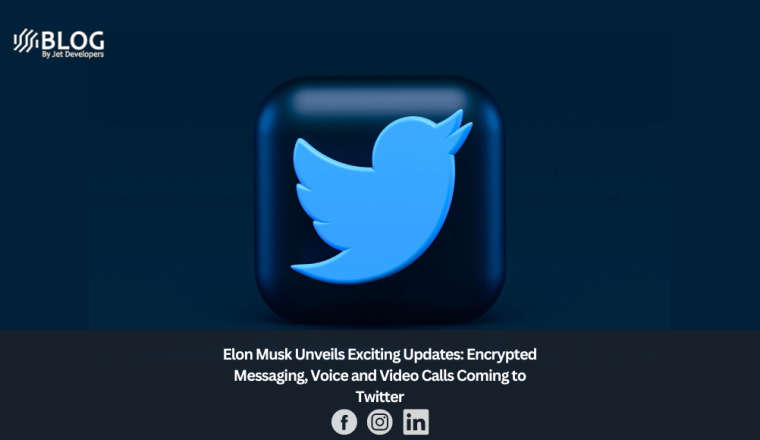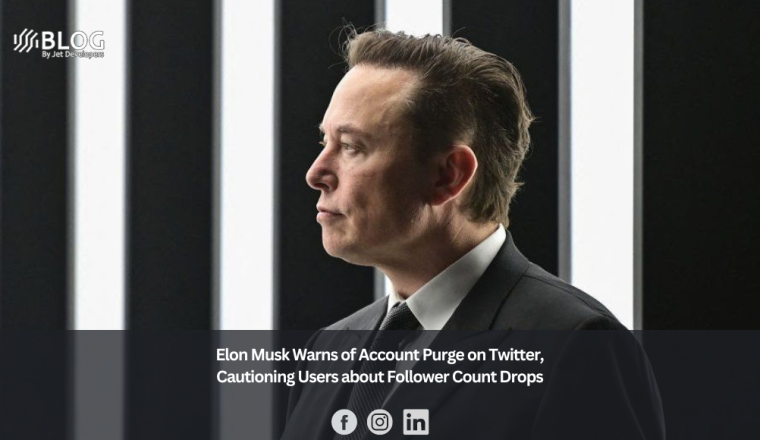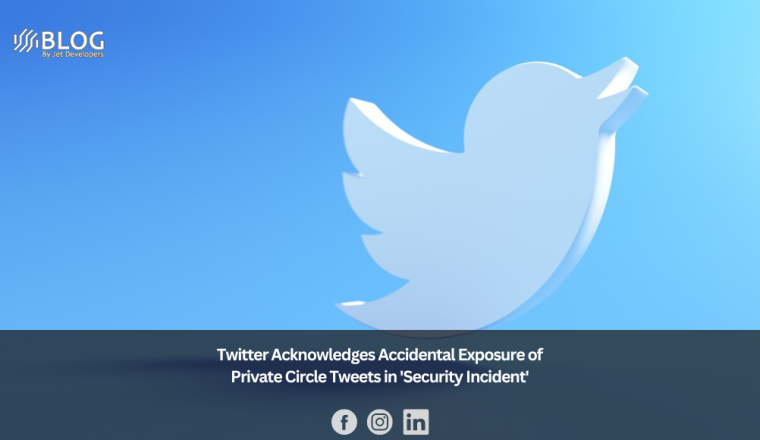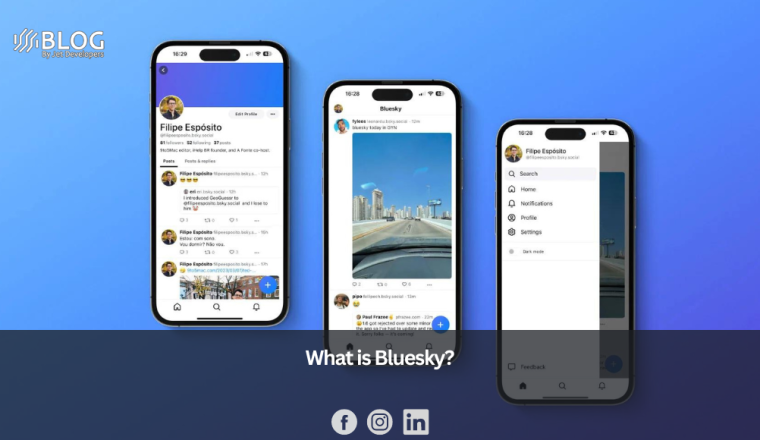Elon Musk’s X Aims From Social Media to Stock Trading Platform
Elon Musk’s ambitious vision for X, previously known as Twitter, involves transforming it into a multifaceted platform, including the potential for stock trading. Reports suggest that the company has reached out to fintech firms to explore the development of this feature, although no financial commitment has been made at this time, according to Semafor.
Ever since Musk expressed interest in taking over Twitter last year, he has been contemplating adding various features to create an all-encompassing “everything app” for users to accomplish a multitude of tasks.
Musk drew inspiration from WeChat, a Chinese app that successfully integrates various functionalities, and he also revisited a similar concept he once pursued with his venture X.com, founded over two decades ago. Though Musk was ousted as CEO, and the company later evolved into PayPal, now with the acquisition of Twitter, he sees an opportunity to revisit the idea.
Since assuming control of Twitter, Musk has introduced features like “cashtag,” which allows users to view live stock charts by using the “$” symbol before ticker names, powered by Trading View, a data startup. Additionally, plans were announced to enable users to buy and sell stocks within the platform using eToro, a competitor of the popular trading and investing app Robinhood. However, this feature is yet to be implemented, and under its new branding, the company is now approaching financial data giants to create a trading hub within X.
According to the Semafor report, X is positioning itself as a platform capable of reaching “hundreds of millions of highly qualified users,” but it is not committing funds to build this hub. Instead, the company is inquiring about the level of commitment that fintech companies are willing to make for the project. Whether any firms have responded to this inquiry remains uncertain.
Integrating financial services with social media platforms is not a new idea in Silicon Valley, with attempts by companies like Snap and Meta in the past. However, such efforts have not always been successful, except for limited cases like payments in WhatsApp. Musk believes that by offering integrated services within X, the platform’s user base could potentially quadruple to a billion people. This could also open up a new revenue stream through brokerage from stock transactions, especially since advertisers have been somewhat elusive.
Musk may find encouragement in Apple’s recent offering of a savings account, which attracted deposits of a billion dollars in just four days. Even a small percentage of Musk’s 151 million followers using X as a trading platform could result in significant brokerage revenue every month.
However, unlike Apple, which has earned trust over many years, Musk’s frequent changes and Twitter’s instability have driven some users away. To succeed, X must rebuild trust and effectively highlight its advantages over existing tools that users have grown accustomed to in recent months.





